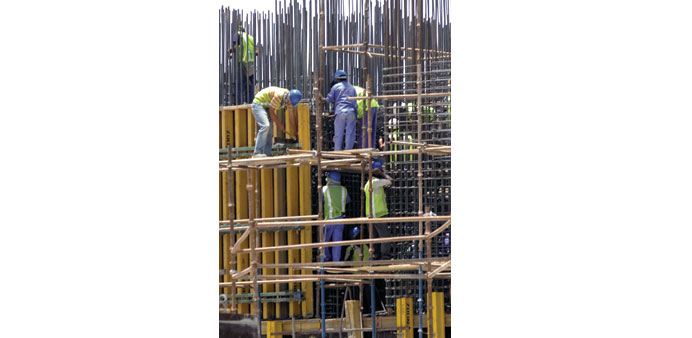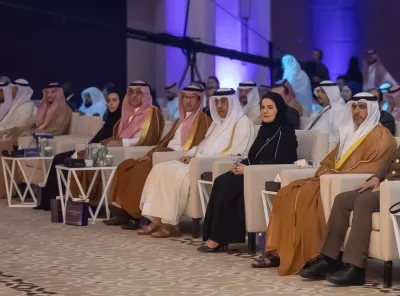By Santhosh V Perumal
|
|
As many as 1mn new beds would be required to accommodate the inflow of new workers to the country and existing labour accommodations should be upgraded in view of the strict guidelines of National Human Rights Commission (NHRC), according to an estimate.
As per the new guidelines issued by the NHRC in 2013, double-decker beds in makeshift labour camps on construction sites have been banned. Not more than four workers are to be housed in a room in a provisional labour lodging at a construction site and the area allocated to each worker in the shared room must at least be 4sqm of free space.
“There has been a surge in demand for additional labour camps within Qatar owing to strict implementation of global norms in housing workers on project sites,” the valuation and research department of Al Asmakh Real Estate Development Company (Aredc) said in a report.
Around 500,000 further blue-collar worker force would be required for on-going and proposed buildings and infrastructure constructions, it said.
The FIFA 2022 World Cup has kicked off a multibillion-dollar construction boom in Qatar. Since its announcement, the inflow of new workers has been substantially increased, it observed.
“As per our estimate nearly 500,000 to 800,000 new beds would be required to accommodate the inflow of new workers to the country and existing labourers which would need to be migrated from housing units and poorly managed labour camps,” the study said.
Based on 2010 census, around 36,200 labour camps of small and big sizes accommodate nearly 920,000 workers. According to census definition, a group of two to six individuals of the same gender living together, and at the same time not fulfilling the conditions of a normal family is categorised as a small gathering whereas a group of seven or more can be categorised as a large gathering.
Industrial Area Zone 57, Ras Laffan, Al Khor and Mesaieed are the names of a few locations which have much higher concentration of large labour gatherings.
Out of total housing units within Qatar a little more than a quarter are occupied as labour accommodations. As per census 2010, nearly 76,000 housing units are used for labour housings.
Higher concentration of such housing units is clearly seen in and around industrial and commercial areas such as Industrial Area Zone 57, old Doha areas, Ras Laffan and other neighbouring areas, Aredc study noted.
At present, numerous labour camps are at various stages of construction: nearly 100,000 new labourers may be accommodated upon completion of these camps. The government has initiated and brought about 31% of total under-construction supply.
Al Baraha and Barwa Recreation City Facility at Al Khor are the major locations for government established labour camps. The private sector has correspondingly taken initiative to develop and accommodate nearly 70,000 labourers; the locations of such new labour camps are near to old and new industrial areas, Al Sailiya, Umm Slal, Al Rayyan municipalities and other neighbourhood areas of Doha.



